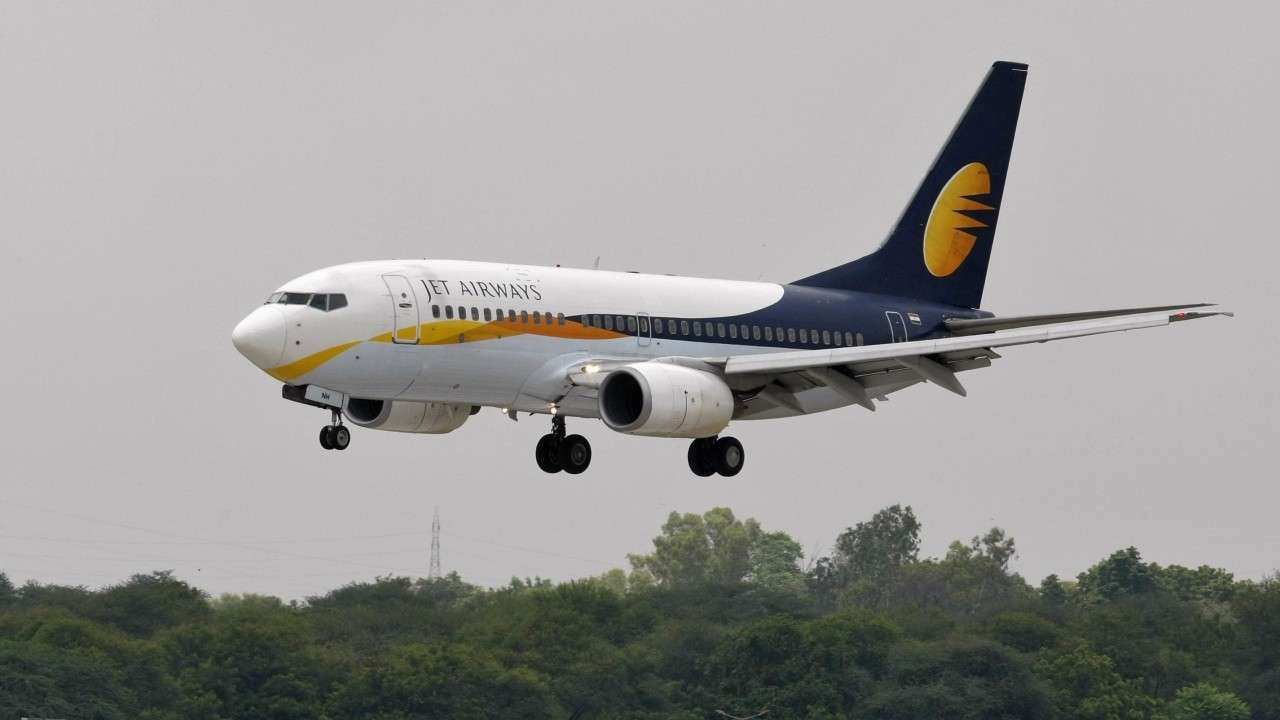
The aviation industry is fickle at the best of times. So when the chips are down, expect the worst. For passengers, there is nothing lousier than a cash-strapped airline. Even a confirmed ticket is no guarantee of reaching one’s destination. Take Jet Airways. On Monday, the cash-strapped, beleaguered airline grounded four more aircraft, taking its tally of grounded planes to 40. For a 119-aircraft airline, that is a whopping percentage of layoffs. Cancellations have become common and just recently, Jet Airways scrapped its flights to Abu Dhabi and other destinations, leading to a huge passenger uproar on social media. While the management is busy trotting out lame excuses, the fact is that the airline is in deep distress. Not too long ago, Jet Airways was the brightest star on India’s aviation firmament. The airline had a fairytale entry into Indian skies with literally no competition, except government-run airlines. Its product was good, there was no union trouble, on-time performance was good and the capacity to grow infinite. In the foreign sector, Jet only had Air India as competitor, making it easy for it to wean away international travellers. But the advent of other private airlines hit Jet Airways, as it appeared outpaced. When low-cost Air Deccan and Kingfisher came in, Jet did little to prepare for competition by way of restructuring costs. So even when Kingfisher shut shop in 2012, Jet refused to learn its lessons. Just then, IndiGo moved in.
According to Directorate General of Civil Aviation (DGCA) data, while IndiGo’s market share went from 27.7 per cent in 2014 to 43.2 per cent in September 2018, Jet’s slid from 19.9 per cent to 14.2 per cent in the same period. It does not take a rocket scientist to tell you that IndiGo’s rise has come at the expense of Jet. A good part of the airline’s troubles can be attributed to its efforts to focus on the international market, leaving the domestic space vacant for IndiGo. Add to it the vagaries of Indian aviation and nothing more lethal than escalating aviation turbine fuel (ATF) prices, which account for nearly 40 per cent of any airline’s operating costs. While that cost would apply to all airlines, in the case of Jet, even non-fuel expenses were higher, it being a full service carrier, as opposed to a low-cost carrier. Often in such a dire situation, the management opts in for new CEOs at the drop of a hat. Jet has had more CEOs than any other airline. Between 2009 and 2015, it had three CEOs, finally running out of options to head the organisation by December 2015, until yet another incumbent was inducted. In such circumstances, Jet’s losses in the first quarter of FY 2019 were “surprisingly” high and it is estimated that the full-year losses could touch the $500 million mark at current oil prices. In the absence of any asset sale and in a perpetual restructuring mode, Jet has become a classic case of how not to run an airline.